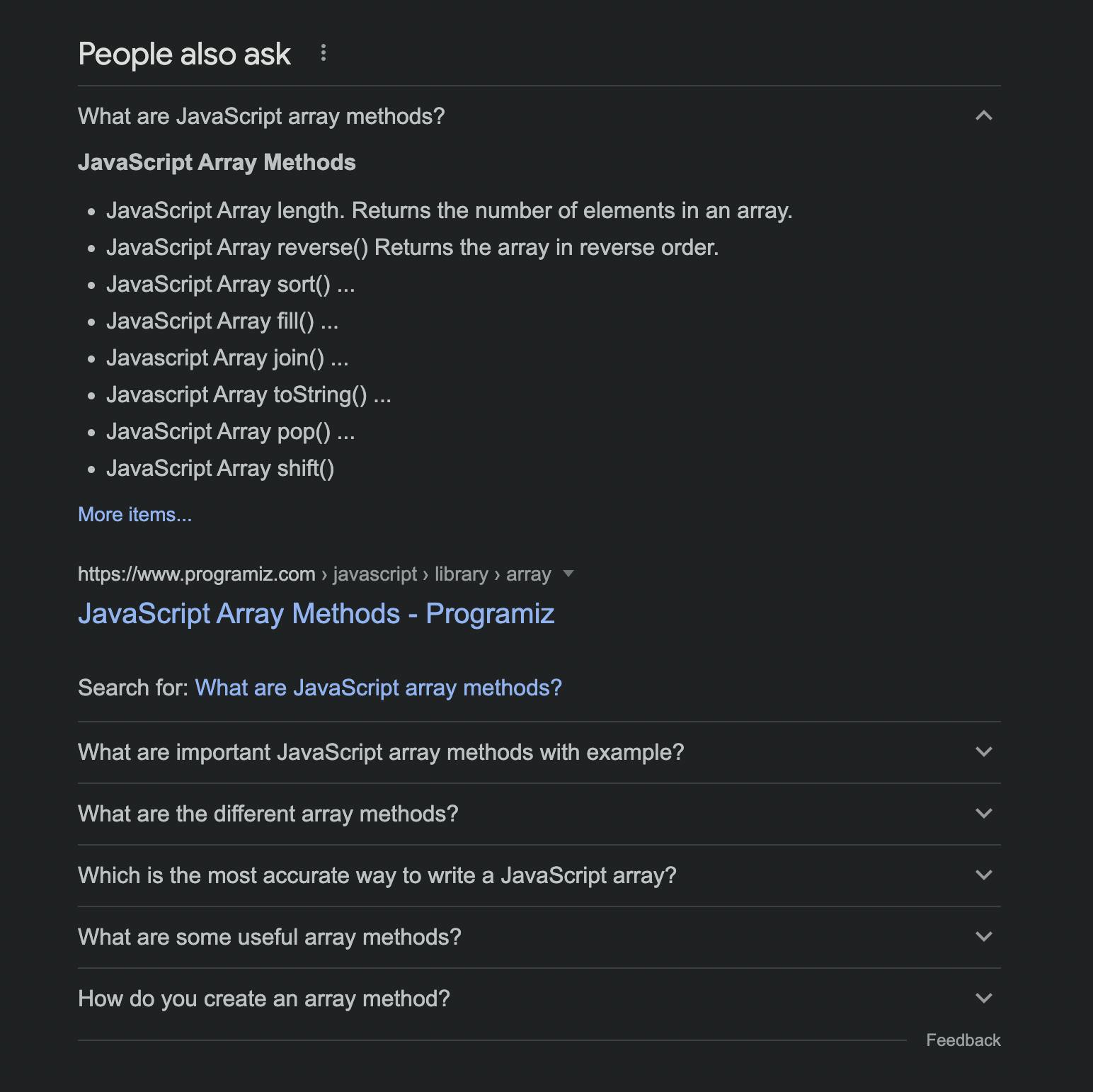Table of contents
As content creators, we are often forced to produce long content, either by the complexity of the topic at hand or for better organic rankings.
It’s not rare to see articles on Hashnode that are over 2000 words and a 15 minute+ read.
Heck, we even wrote a few massive guides on the Web3 blog and on the Toolbox blog. 👀

Attention spans are getting shorter, and written content tends to get longer.
That’s not a good combo. 🙅♀️
One way to condense long articles to actionable, bite-size nuggets of information is by creating FAQs for your articles.
In this super short guide, I want to tell you why you should add FAQs to your page.
We're going to cover where you can find FAQ ideas, how to technically add them to Hashnode in a collapsible FAQ format, and the benefits of doing it.
Let's start with the benefits.
Why you should add FAQs to your article ❓
A better TL;DR for a short attention span
As explained in the intro, some of your readers will likely just skim the article.
If the intro or table of contents isn't interesting enough, then they will just yeet out.
This can hurt some important metrics like lowering scroll depth, increasing bounce rate, and offering an overall crappy reading experience.
FAQs can help with these metrics to some degree.
Now they won't fix all your problems, but they will be an incentive for a person to go all the way to the bottom of the page. Especially if you tease them in the table of contents and maybe in the intro.
FAQs can reduce the support burden
This is a bit more relevant if you are building a product or service or if you are announcing a new program. Like I did a few days ago on the Web3 blog.
We published an article on our new workflow for getting more writers from the Hashnode community to contribute to the Web3 blog and get. 💰
I already knew, from messages I got last time we posted about this, that people will have some questions about it that need a super short, one-liner answer.
So I added them as FAQs.

I believe this enriched this article, and it makes it super clear. This is confirmed by the lack of emails asking about those particular questions.
Of course, if people have questions that you haven't addressed there, you can just add them as you go.
Side note, special shoutout to Syed Fazle Rahman 🙌 for teaching me how to add them in that collapsible format. Quick tutorial for how to add them like that bellow. 👇
FAQs can help your SEO 🚀
This can happen in two ways.
The first way - this is a great place for you to mention some of the keywords that you are planning to rank for, so it's a great content delivery system.
The second way - for almost all searches, Google offers a FAQ section within the SERPs. All the answers are actually taken from relevant articles, and yours could be one of them. Especially if you answer exactly that question through your own FAQs.

This takes me to the second part of the article.
How do you find great questions to answer in your article FAQ section?
Some of the questions will come organically. If you write an explainer article about a particular framework or technology, your FAQs can cover the "low-hanging questions" first.
- Who created the framework
- What is it useful for
- What are the prerequisites
- Etc
For some more ✨ SEO optimized ✨ FAQs, you can go to trusty google and see what people are asking.

So if you write about Javascript Array Methods, as this writer I found randomly in the JavaScript tag did in this article, you might want to answer some of these questions.
Oh, and if you open one of the FAQs on Google, two more will pop out for an endless supply of FAQs.

Of course, you can address these questions in the article body and not necessarily in the FAQs, but it is a good practice to add them as FAQs for previously stated reasons.
How to add FAQs on Hashnode
The easiest way is to just add the as plain text. That's how I added them to the Toolbox blog. This works very well especially if the answers are particularly long.
If you don't want FAQs to take a lot of real-estate from your article page, you can add them as in the example above.
<details>
<summary>Add your questions here.</summary>
Add your answer here.
</details>
More examples of what this looks like in action below. 👇
